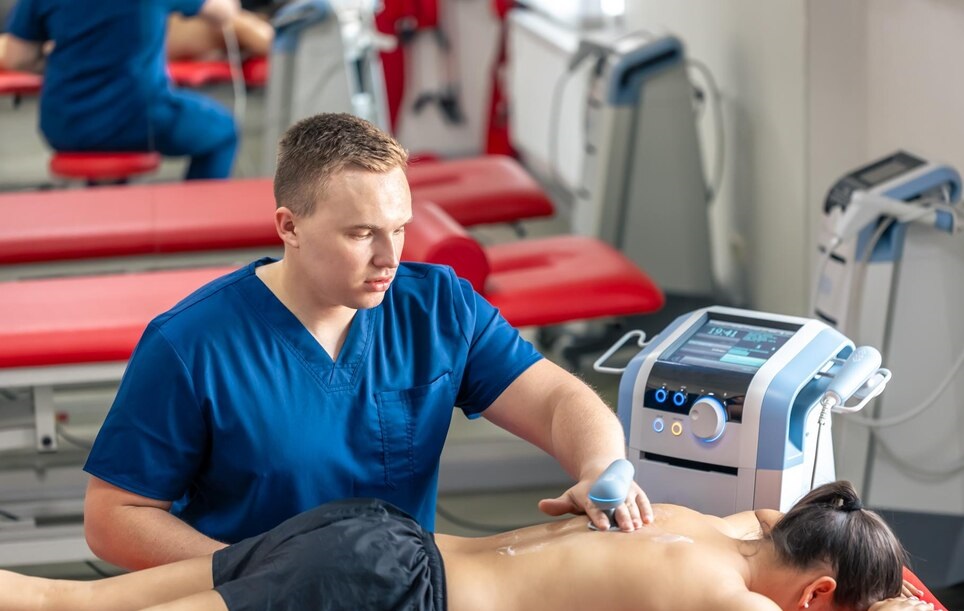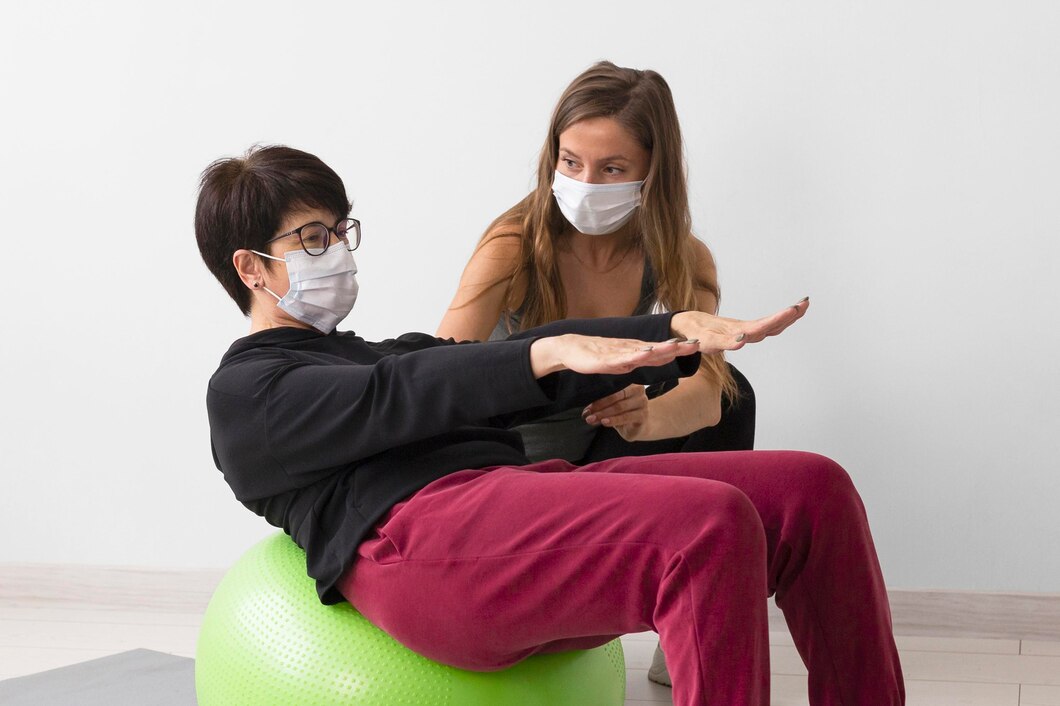Our More Services

Taping
At Medhealth Physiotherapy, we offer specialized taping techniques designed to support your recovery, enhance performance, and prevent injuries. Our taping services utilize various methods to address a range of musculoskeletal issues, providing both functional support and pain relief.
Read More
Cupping
Revitalize Your Health with Expert Cupping Therapy in Hamilton At Medhealth Physiotherapy, we offer Cupping therapy in Hamilton as a complementary treatment to support your journey towards enhanced wellness and recovery. People have practiced this ancient therapy, known for its therapeutic benefits, for thousands of years across various cultures. Our skilled practitioners use cupping therapy […]
Read More
Balance & Gait Problems
Expert Physiotherapy for Balance and Gait Issues at Medhealth At Medhealth Physiotherapy, we understand the impact that balance and gait issues can have on your daily life. These problems can affect your mobility, stability, and overall quality of life. Our dedicated team of physiotherapists is here to help you regain confidence and restore your ability […]
Read More
Ultrasound Therapy
Discover Advanced Ultrasound Therapy in Hamilton Ultrasound Therapy in Hamilton is a non-invasive, effective treatment technique used to promote healing and alleviate pain. At Medhealth Physiotherapy, we utilize advanced ultrasound technology to enhance your recovery process and support your journey to optimal health. How Does Ultrasound Therapy Work? Ultrasound therapy employs high-frequency sound waves to […]
Read More
Laser Therapy
Advanced Laser Therapy Treatment in Hamilton for Pain Relief We are proud to offer advanced laser therapy as part of our comprehensive approach to pain management and rehabilitation. Laser Therapy Treatment in Hamilton utilizes the power of focused light to promote healing, reduce pain, and accelerate recovery for a wide range of conditions. What is […]
Read More
Vestibular Therapy
Top Vestibular Therapy in Hamilton for Balance & Stability Welcome to Medhealth Physiotherapy’s Vestibular Therapy in Hamilton, where we specialize in diagnosing and treating vestibular disorders to help you regain balance, stability, and overall quality of life. You will receive effective solutions for vestibular dysfunction through our comprehensive approach, designed to address the unique challenges […]
Read More
Core Stability
Enhance Core Stability in Hamilton with Expert Physiotherapy Core stability is the foundation of a strong, functional body. At Medhealth Physiotherapy, we emphasize the importance of Core Stability in Hamilton as a crucial component of overall physical health and performance. Core stability refers to the ability of the muscles in your abdomen, lower back, hips, […]
Read More
Joint Mobilizations
Improve Strength & Mobility with Joint Mobilizations in Hamilton We understand that joint stability is crucial for overall movement, strength, and quality of life. Joint Mobilizations in Hamilton: Key to boosting joint strength, coordination, and functionality in our physiotherapy services. Recovering from an injury or managing a condition? Our tailored joint stabilization programs address your […]
Read More
Manual Therapy
Expert Manual Therapy in Hamilton for Pain Relief We offer specialized Manual therapy in Hamilton as a cornerstone of our comprehensive approach to musculoskeletal health. Manual therapy involves hands-on techniques designed to alleviate pain, improve function, and enhance movement. Our skilled therapists utilize a range of methods tailored to each individual’s needs, aiming to provide […]
Read More
Physiotherapy in Hamilton
Physiotherapy is a healthcare discipline focused on restoring and improving physical function and mobility through targeted exercises, manual therapy, and other modalities, aiding in injury recovery and enhancing overall well-being.
Read More
Acupuncture in Hamilton
Acupuncture is an ancient Chinese medical practice that involves the insertion of thin needles into specific points on the body. It is believed to stimulate energy flow and promote natural healing, providing relief for various ailments and improving overall well-being.
Read More
Shockwave Therapy in Hamilton
Shockwave Therapy is a non-invasive medical treatment that uses acoustic waves to stimulate healing and relieve pain in musculoskeletal conditions like tendonitis and plantar fasciitis.
Read More